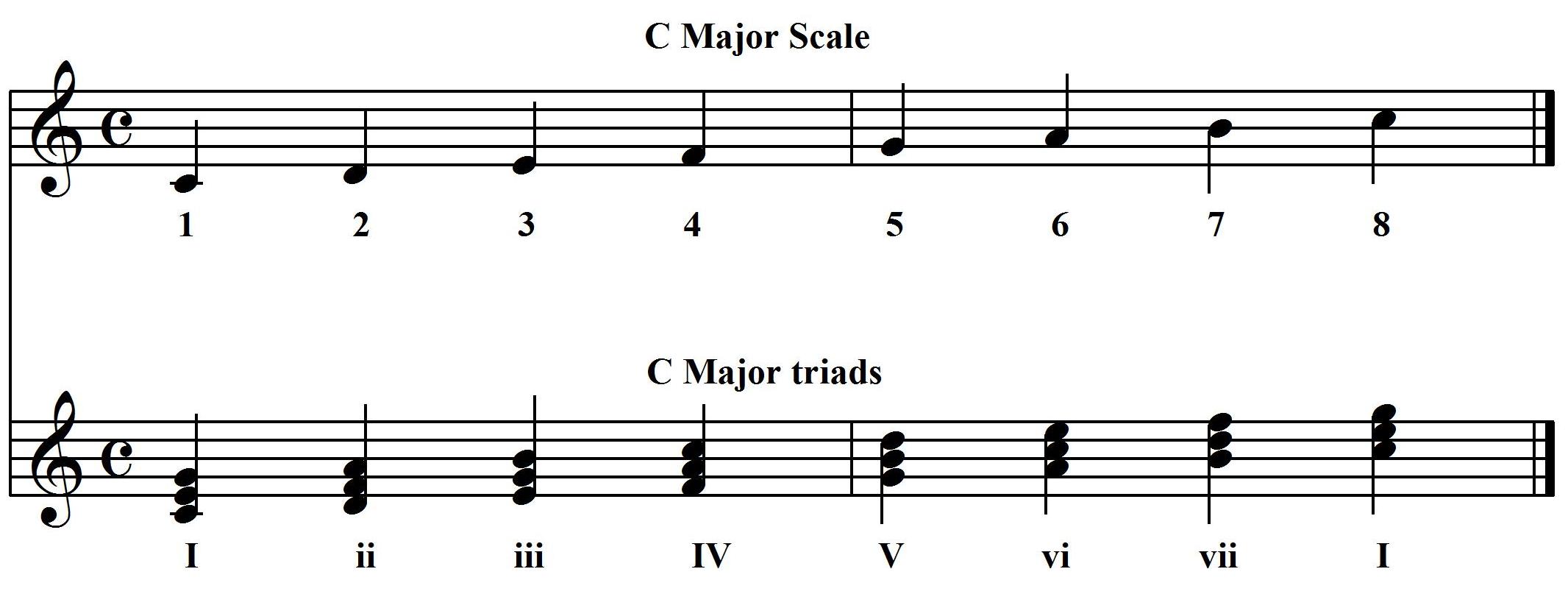
They both contain fifths, because a major third (four semitones) plus a minor third (three semitones) equals a perfect fifth (seven semitones). By contrast, a minor triad has a minor third interval on the bottom and major third interval on top. Ī major triad can also be described by its intervals: the interval between the bottom and middle notes is a major third, and the interval between the middle and top notes is a minor third. A major triad is represented by the integer notation.

In harmonic analysis and on lead sheets, a C major chord can be notated as C, CM, CΔ, or Cmaj.

A major triad has a major third (M3) on the bottom, a minor third (m3) on top, and a perfect fifth (P5) between the outer notes. Audio playback is not supported in your browser.


 0 kommentar(er)
0 kommentar(er)
